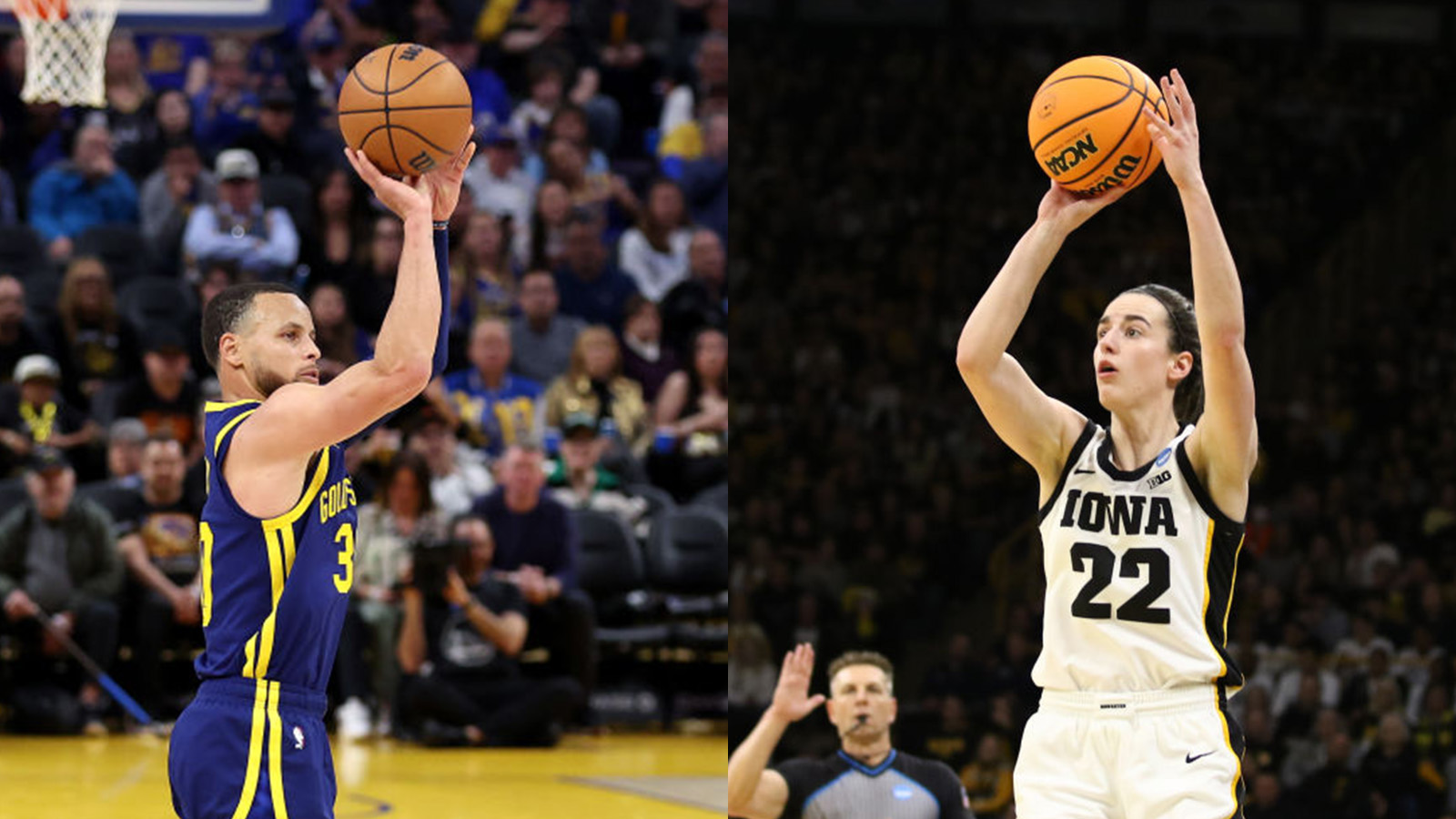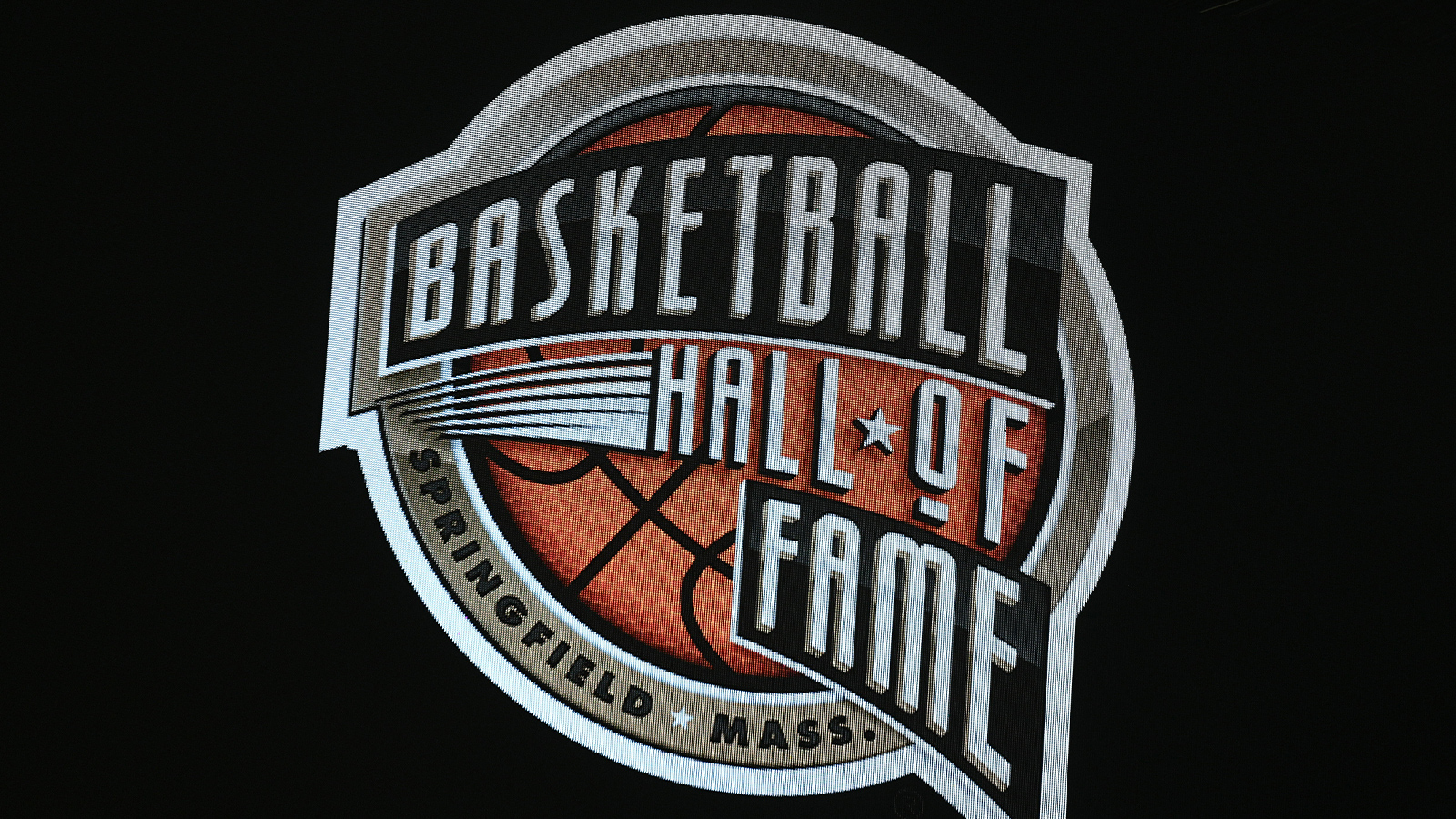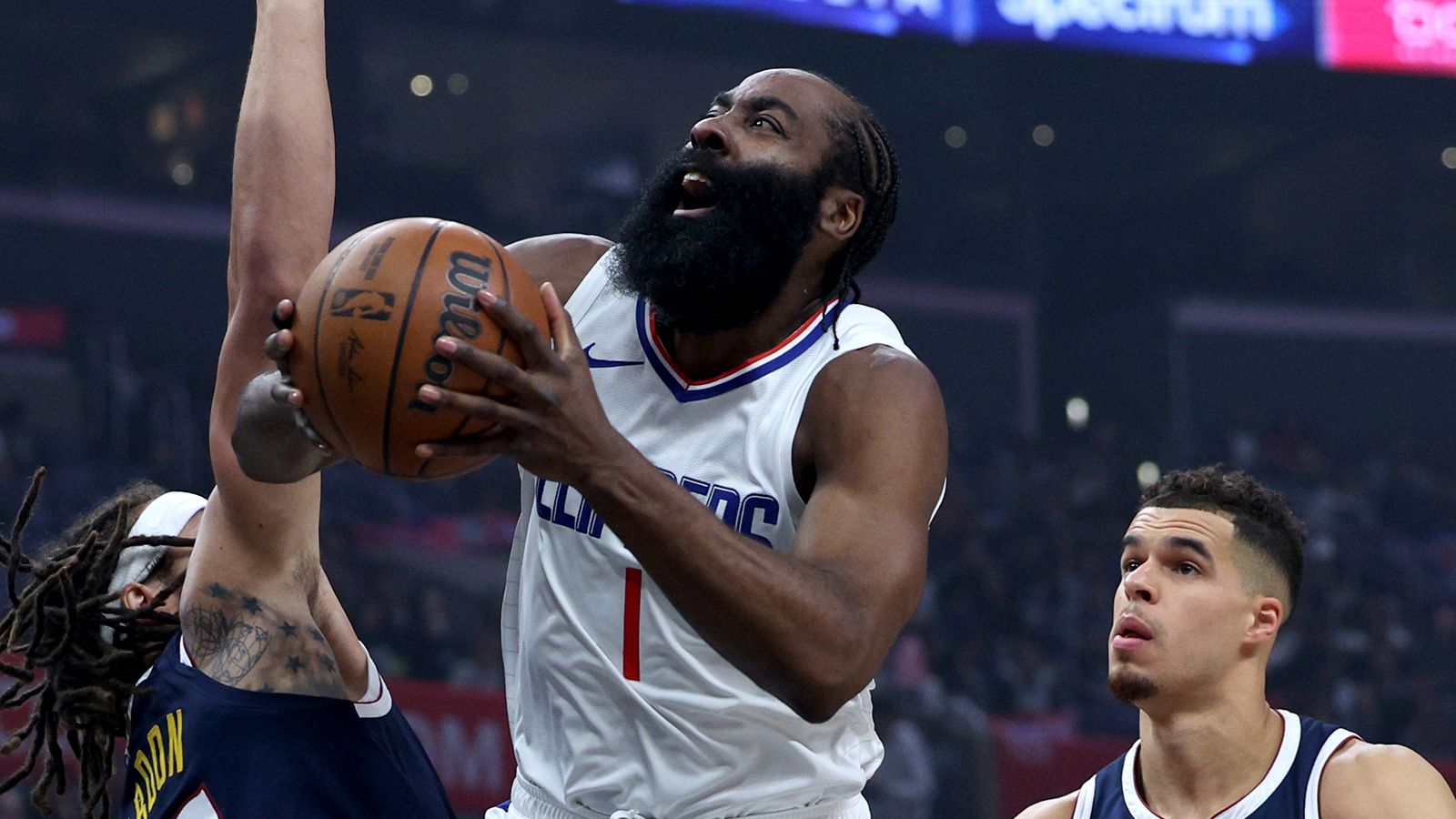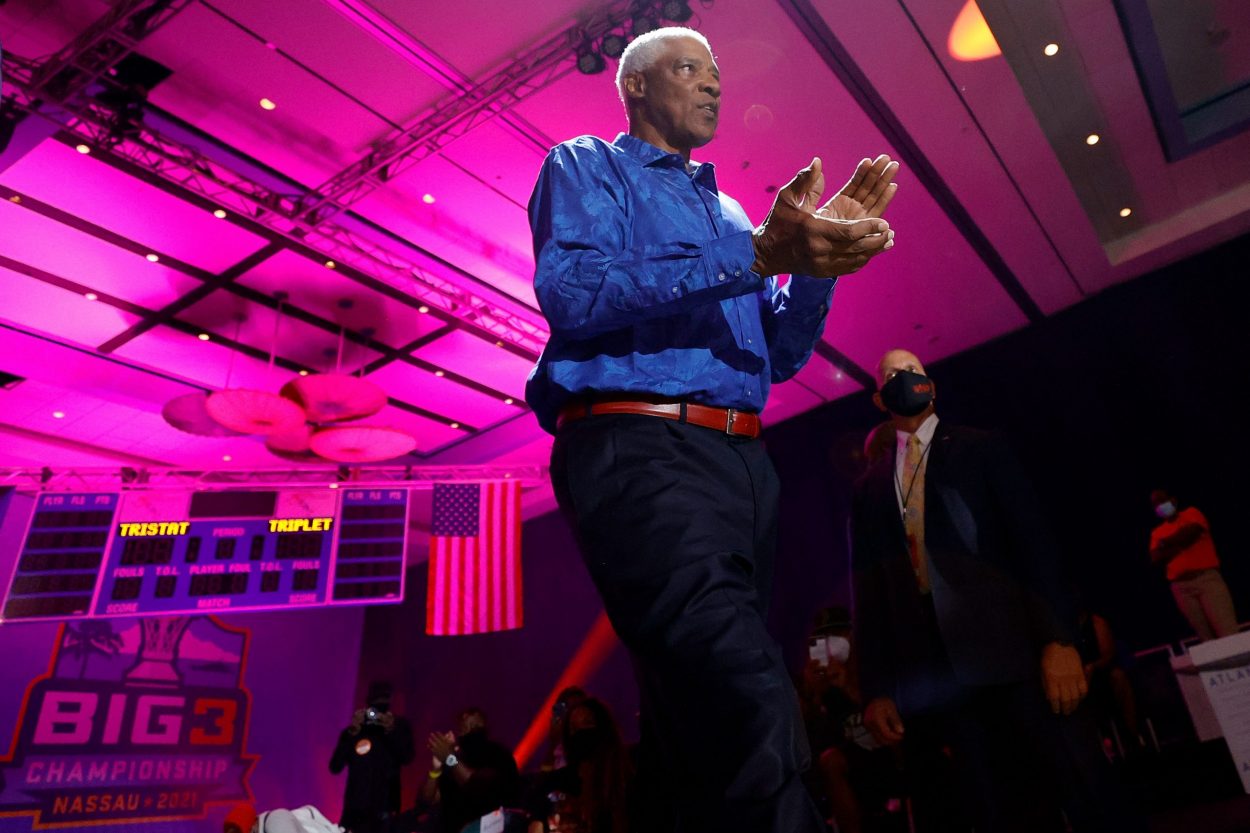
Julius Erving Praised an Unheralded Star as a Central Piece of the ABA-NBA Merger: ‘Mel Was the Hero’
Julius Erving‘s aerial acrobatics and growing superstardom were the driving forces behind the NBA’s decision to seek a merger with the American Basketball Association (ABA) in 1976. But while Dr. J was the central figure in the merger, others also played a role in building the NBA into what it is today, including former Indiana Pacers great Mel Daniels.
Daniels played just one season in the NBA after the merger. Yet, as Erving noted, his dominant play helped grow the ABA and make it a more marketable brand of basketball in the 1970s.
Julius Erving and Mel Daniels helped to define the ABA
The ABA was just a fledgling organization in an era dominated by NBA greats like Bill Russell, Wilt Chamberlain, Jerry West, and Elgin Baylor. But Daniels and Dr. J helped give the league more intrigue.
Daniels was a top player and All-American with the New Mexico Lobos. He garnered ample attention coming out of college, getting selected ninth overall in the 1967 NBA Draft by the Cincinnati Royals while also being drafted by the Minnesota Muskies of the ABA. Daniels chose the Muskies, becoming the first NBA first-round pick to spurn the league in favor of the NBA.
It could be argued that Daniels’ decision altered the course of NBA history. He immediately became a star in the ABA, making seven consecutive All-Star teams and winning a pair of MVP awards. Daniels significantly raised the profile of the ABA, and Julius Erving elevated it further.
Dr. J made his ABA debut in 1971 and, like Daniels, passed on the NBA after being selected in the first round of the 1972 draft. He was a massive star for the New Jersey Nets (then members of the ABA), winning two scoring titles and three straight MVP awards between 1974 and 1976.
Erving was the captivating, high-flying wing the NBA could market as it sought a merger. His on-court flair and physical appearance — glorious afro and all — made him a massive attraction.
Daniels, one of the best rebounders and low-post players of his era, might not have brought the same level of star power to the table. Yet, Erving named him as a critical catalyst for the merger.
Dr. J said Daniels was an ABA “hero” who defined an organization
While history looks at Erving as the face of the ABA, it was Daniels who has more resonance with an ABA franchise.
Daniels remains one of the most iconic players in Indiana Pacers history. He led the Pacers to three ABA championships and was the defining athlete in a basketball-crazy state. Erving certainly has a place in Nets history, but he is primarily associated with the Philadelphia 76ers.
Indeed, Erving hailed Daniels as a Pacers legend following Daniels’ death in 2015. He also said Big D was a seminal figure who helped to legitimize the ABA.
“I think he was the first guy I heard growling on the basketball court. Mel was the hero. He was the guy you could count on night in and night out. He made the Pacers the ABA’s most successful franchise.”
-Julius Erving (2015), via the Indianapolis Star
Daniels wasted little time becoming a transcendent figure in Indiana when he joined the Pacers in 1968. He was named MVP during the 1968-69 season. One season later, he led the Pacers to an ABA championship.
In all, Daniels left behind an exceptional legacy in Indiana. He averaged 19.4 points and 16.0 rebounds in six seasons with the Pacers, winning two more titles in 1971 and 1972. The Detroit native played just one season in the NBA after the merger. But he furthered his Pacers legacy as a coach and later the team’s director of personnel.
Erving, meanwhile, brought his stardom to the NBA.
Julius Erving headlined a class of ABA players who also excelled in the NBA
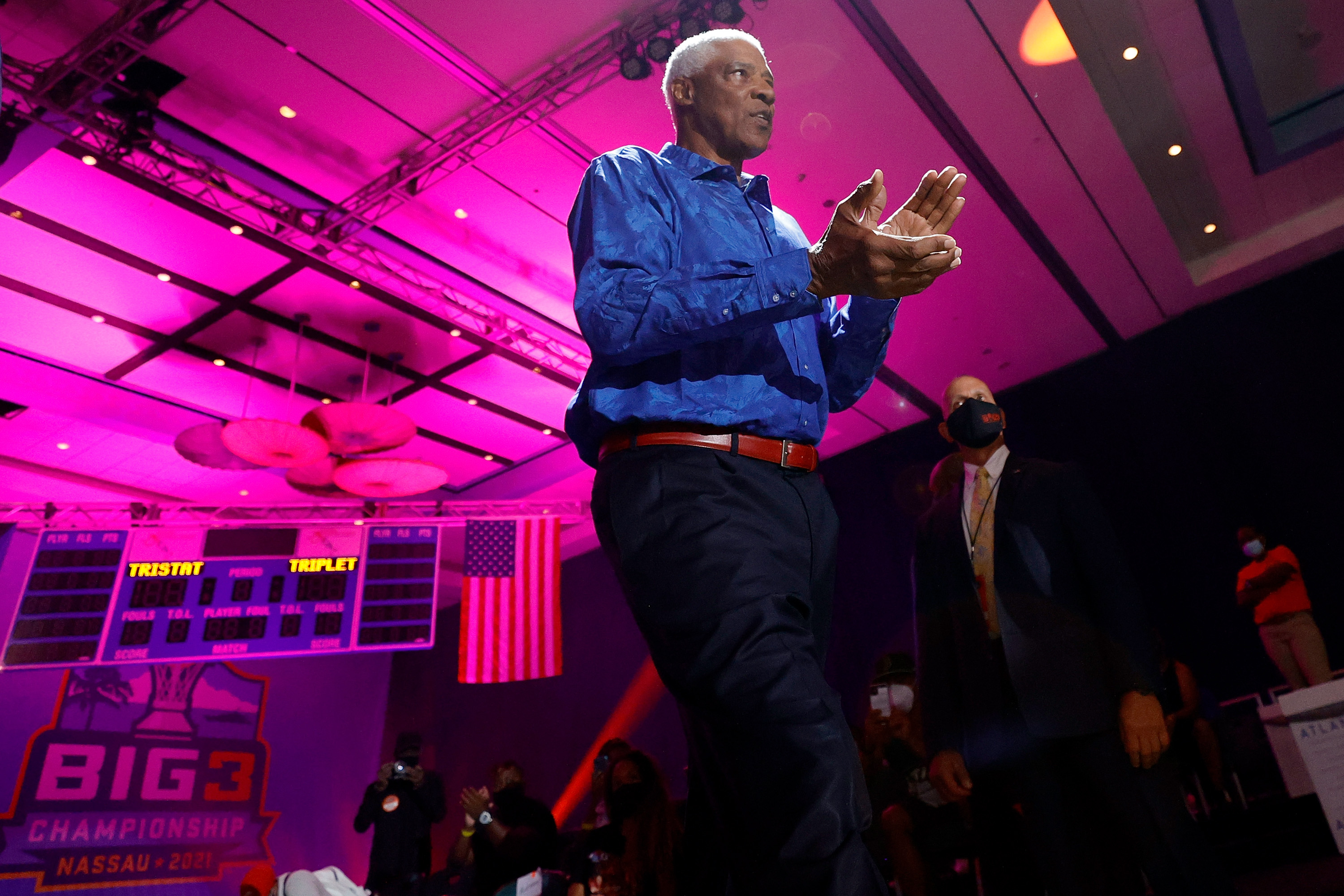
Whereas NBA fans never got to see the best of Daniels, they saw plenty of Julius Erving.
Dr. J became one of the defining players of the 1980s as a member of the Philadelphia 76ers. He won four MVPs and made seven All-NBA teams, also helping to lead the Sixers to a championship in 1983.
Other former ABA stars began to take off in the NBA, including Erving’s Sixers teammate, Moses Malone. There was George “Iceman” Gervin, Rick Barry, and David Thompson, all of whom made multiple All-Star teams.
Yet, it’s impossible to ignore that all of those guys benefited from Daniels’ early success in the ABA, which was one of the driving factors leading to the 1976 merger.
Stats courtesy of Basketball Reference.
